Co-op Food today announced a partnership with Amazon Prime, enabling same-day grocery deliveries, while also expanding the use of robots from 200 to 500 units.
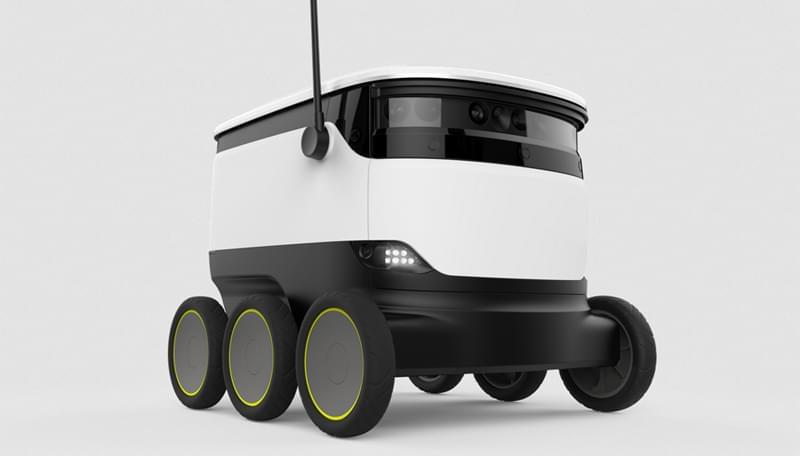

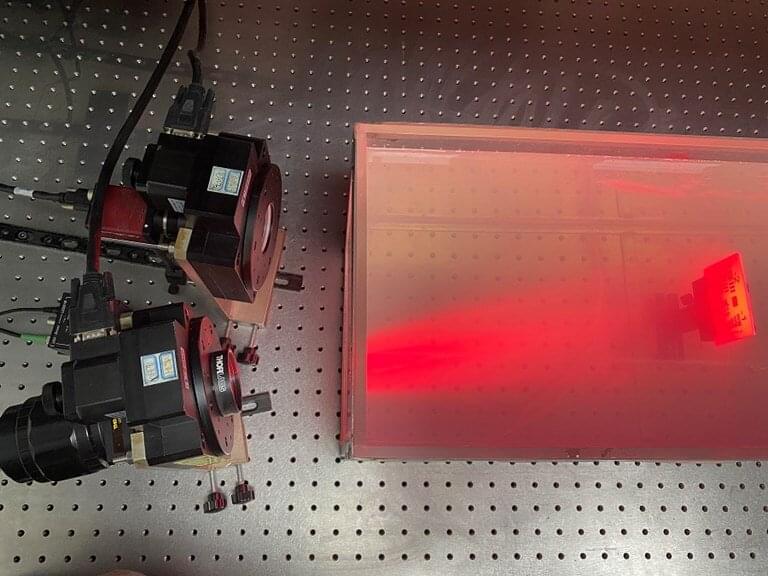
Researchers have developed a new method that can automatically produce clear images through murky water. The new technology could be useful for searching for drowning victims, documenting submerged archaeological artifacts and monitoring underwater farms.
Imaging clearly underwater is extremely challenging because the water and the particles in it tend to scatter light. But, because scattered light is partially polarized, imaging using a camera that is sensitive to polarization can be used to suppress scattered light in underwater images.
“Our new method overcomes the limitations of traditional polarimetric underwater imaging, laying the groundwork for taking this method out of the lab and into the field,” said research team leader Haofeng Hu from Tianjin University in China. “Unlike previous methods, there’s no requirement for the image to include a background area to estimate the backscattered light.”
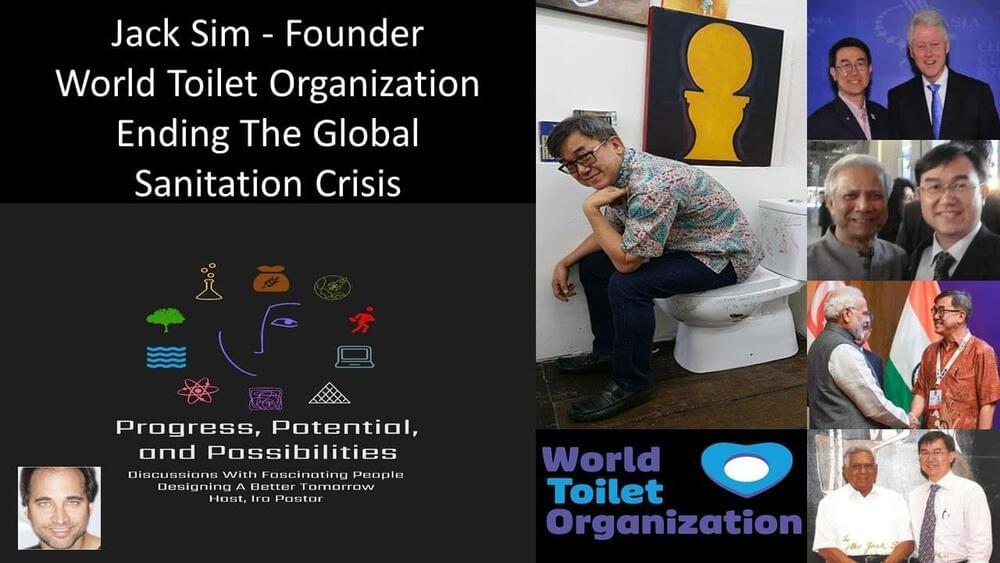
Ending the global sanitation crisis — jack sim, founder world toilet organization.
Around 2 billion people worldwide still lack access to the basic tools of improved sanitation (toilets and latrines). One billion people still have to defecate in the open, and at least 10% of the world’s population is thought to consume food irrigated by raw wastewater. An estimated 800,000 children, younger than 5 years of age, perish from diarrhea each year, including conditions related to cholera, dysentery, hepatitis A, typhoid and polio.
Mr. Jack Sim is the Founder of the World Toilet Organization (https://www.worldtoilet.org/), an organization established with the aim to break the taboo around toilets and this global sanitation crisis.
Mr. Sim is also the founder of the Restroom Association of Singapore, the World Toilet Day initiative, and Bottom of the Pyramid (BOP) Hub.
In 2,001 for “creating good will and bringing the subject into the open” and “mobilizing national support in providing on-the-ground expertise”, Mr. Sim received the Schwab Foundation award for Social Entrepreneur of the Year.
In 2,004 he was awarded the Singapore Green Plan Award 2012 by Singapore’s National Environment Agency (NEA) for his contribution to Environment. In 2,006 he was invited to launch The German Toilet Organization in Berlin. He is also a founding member of American Restroom Association.
In 2,007 Mr. Sim became one of the key members to convene the Sustainable Sanitation Alliance (SuSanA) comprised of over 130 organizations active in the sanitation sector. He is also an Ashoka Global Fellow and in 2008 was named Hero of the Environment by Time Magazine.
Mr. Sim also sits in the World Economic Forum’s Global Agenda Councils (GAC) for Water Security and also the GAC for Social Entrepreneurship.
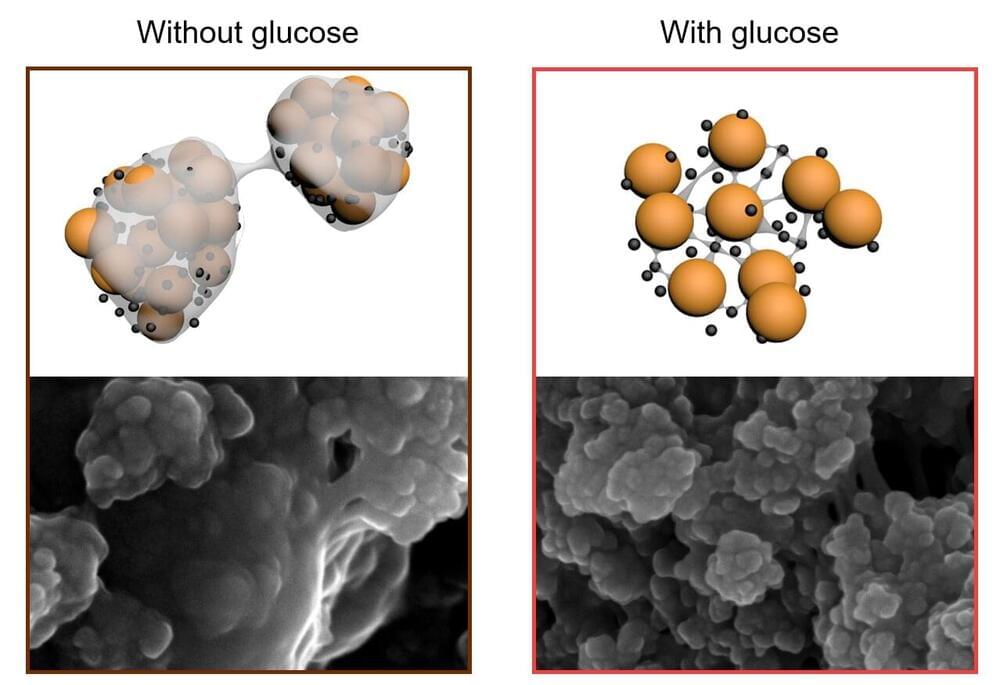
Simply by adding sugar, researchers from the Monash Energy Institute have created a longer-lasting, lighter, more sustainable rival to the lithium-ion batteries that are essential for aviation, electric vehicles and submarines.
The Monash team, assisted by CSIRO, report in today’s edition of Nature Communications that using a glucose-based additive on the positive electrode they have managed to stabilize lithium-sulfur battery technology, long touted as the basis for the next generation of batteries.
“In less than a decade, this technology could lead to vehicles including electric busses and trucks that can travel from Melbourne to Sydney without recharging. It could also enable innovation in delivery and agricultural drones where light weight is paramount,” says lead author Professor Mainak Majumder, from the Department of Mechanical and Aerospace Engineering and Associate Director of the Monash Energy Institute.
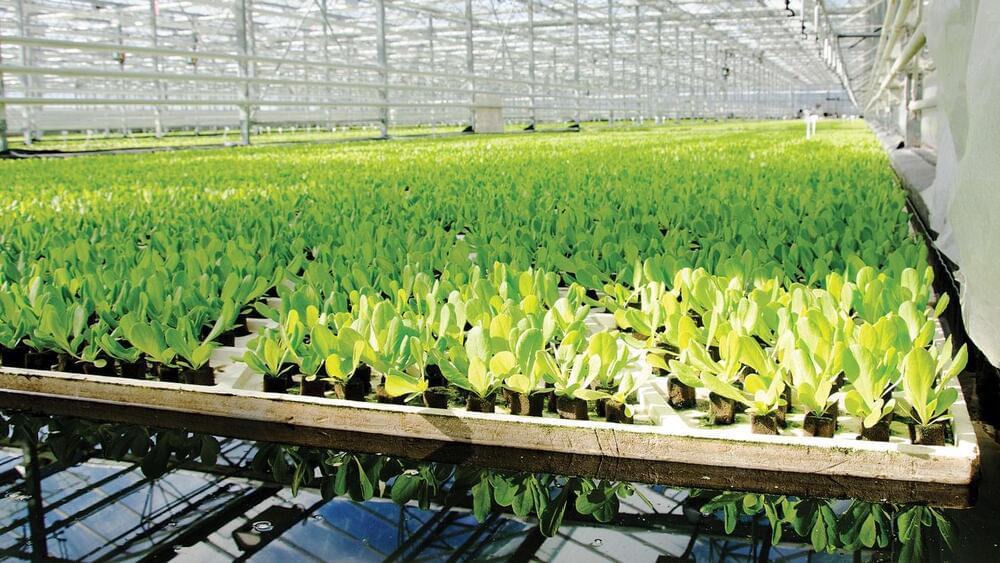
Scientists have long been interested in plasma’s biological implications. In the late 19th century, the Finnish physicist Karl Selim Lemström observed that the width of growth rings in fir trees near the Arctic Circle followed the cycle of the aurora borealis, widening when the northern lights were strongest. He hypothesized that the light show somehow encouraged plant growth. To artificially emulate the northern lights, he placed a metal wire net over growing plants and ran a current through it. Under the right conditions, he reported, the treatment produced larger vegetable yields.
For decades, scientists have known that exposure to plasma can safely kill pathogenic bacteria, fungi and viruses. Small studies in animals also suggest that plasma can prompt the growth of blood vessels in skin. In his research, Reuter studies ways to harness these properties to inhibit new infections in wounds and expedite healing or treat other skin conditions. But more recently, he and other physicists have been working on ways to use the power of plasma to improve food production.
Experiments conducted in the last decade or so have tested a mix of ways to apply plasma to seeds, seedlings, crops and fields. These include plasma generated using noble gases, as well as plasma generated from air. In some cases, plasma is directly applied through plasma “jets” that stream over the seeds or plants. Another approach uses plasma-treated water that can do double duty: irrigation and fertilization. Some studies have reported a range of benefits, from helping plants grow faster and bigger to resisting pests.
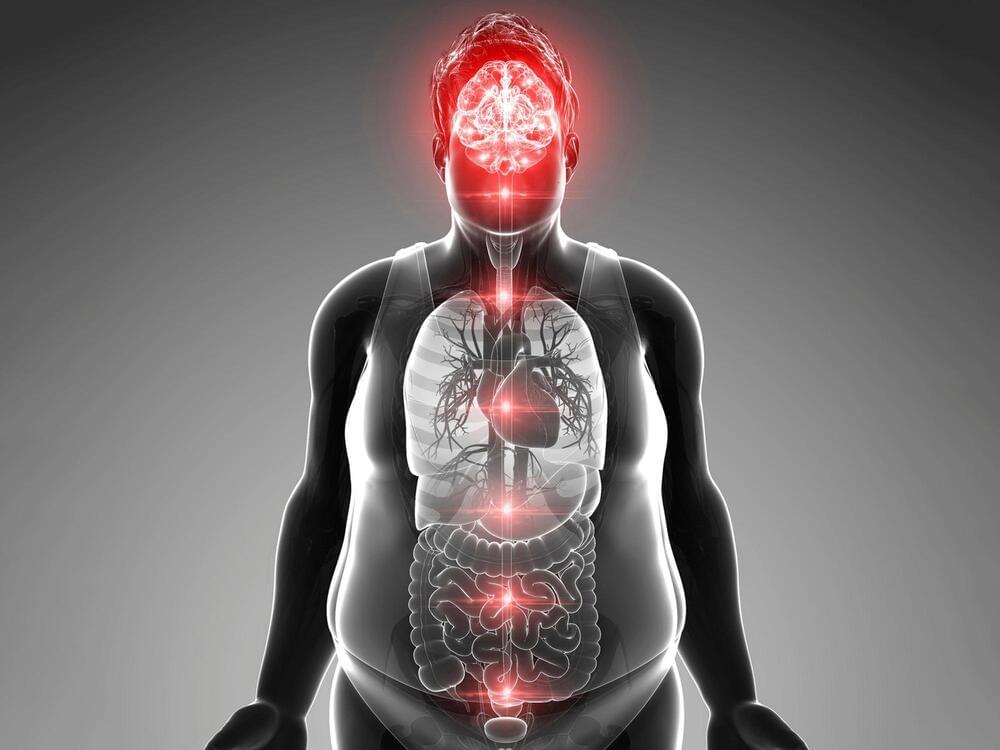
Thus, the researchers propose that disturbance in the DVC’s timekeeping leads to obesity, rather than being the result of excessive body weight.
When rats are fed a high fat diet, this disturbs the body clock in their brain that normally controls satiety, leading to over-eating and obesity. That’s according to new research published in The Journal of Physiology.
The number of people with obesity has nearly tripled worldwide since 1975.[1] In England alone, 28% of adults are obese and another 36% are overweight.[2] Obesity can lead to several other diseases such as Type 2 diabetes, heart disease, stroke, and some types of cancer.[3]
This new research may be a cornerstone for future clinical studies that could restore the proper functioning of the body clock in the brain, to avoid overeating.

“After demonstrating that cultured meat can reach cost parity faster than the market anticipated, this production facility is the real game-changer,” said Yaakov Nahmias, Future Meat Technologies founder and chief scientific officer, in a press release. “This facility demonstrates our proprietary media rejuvenation technology in scale, allowing us to reach production densities 10-times higher than the industrial standard.”
Cultured meat is made by extracting cells from animal tissue and giving them nutrients, oxygen, and moisture while keeping them at the same temperature they’d be at inside an animal’s body. The cells divide and multiply then start to mature, with muscle cells joining to create muscle fibers and fat cells producing lipids. The resulting nuggets of meat can be used to make processed products like burgers or sausages. Structured cuts of meat with blood vessels and connective tissue, like steak or chicken breast, require scaffolds, and researchers are creating these with biomaterials, like cellulose from plants. Companies are working on several varieties of more elaborate cultured products, from bacon to salmon.
As reported by Bloomberg, Future Meat aims to start offering its products in US restaurants by the end of next year—but must get approval from the FDA first. On top of that approval, public opinion is another hurdle the company and its competitors will need to clear before they see widespread success; for every person who’s opposed to factory farming, there’s a person who’s squeamish about the idea of meat grown in a bioreactor, despite the avian (or bovine, or porcine) lives being spared. Getting these consumers to view cultured meat favorably will be a matter of education, taste/texture as compared to the ‘real thing,’ and cost competitiveness.

Jeff Falk 713−348−6775 [email protected]
Jade Boyd 713−348−6778 [email protected]
HOUSTON – (Sept. 1 2021) – Rice physicists have confirmed the topological origins of magnons, magnetic features they discovered three years ago in a 2D material that could prove useful for encoding information in the spins of electrons.
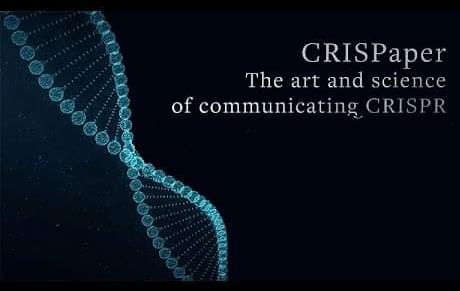
To Sheng-Ying Pao, the power of reframing CRISPR lies in what is absolutely ordinary: paper. In CRISPaper, Pao revisited a cultural past in the ancient art of papermaking.
Over thousands of years, farmers painstakingly converted the wild rice plant into a staple crop. Today, researchers are using CRISPR to change genes to optimize grain yield. However, rice is more than food. In ancient China, it was used to make paper.
Pao took rice stalks from plants edited with CRISPR and ground the fibers into pulp. She then poured the pulp over a mesh screen. Every time she dipped the screen into water, the plant fibers would lift and resettle on top of the mesh, eventually making paper. Through the genome-edited rice plant, an ancient practice was juxtaposed with cutting-edge technology. Pao’s meditative ritual of papermaking is a counterbalance to the strangeness of the source material.
[Show ID: 37388]
http://www.facebook.com/UCBerkeley.
http://twitter.com/UCBerkeley.
http://instagram.com/ucberkeleyofficial.
Please Note: Knowledge about health and medicine is constantly evolving. This information may become out of date.
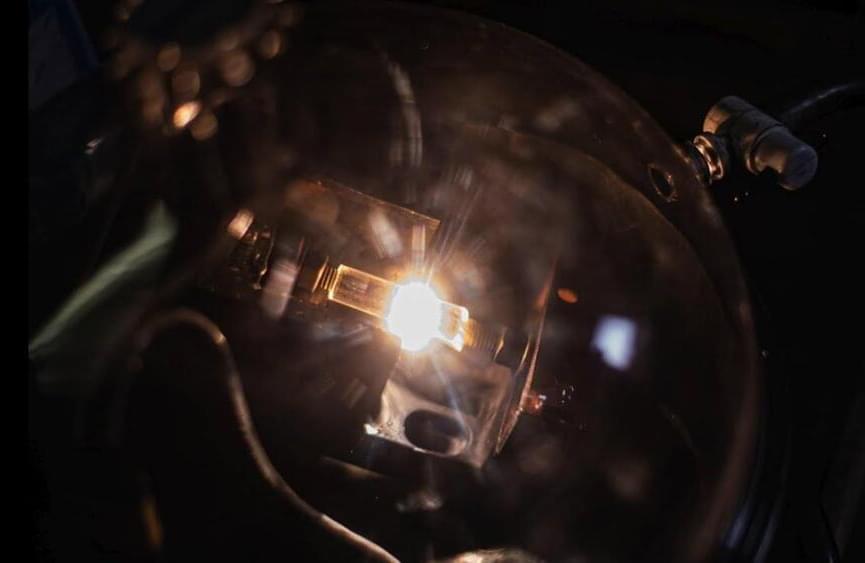
HOUSTON — (Jan. 27 2020) — That banana peel, turned into graphene, can help facilitate a massive reduction of the environmental impact of concrete and other building materials. While you’re at it, toss in those plastic empties. A new process introduced by the Rice University lab of chemist James Tour can turn bulk quantities of just about any carbon source into valuable graphene flakes. The process is quick and cheap; Tour said the “flash graphene” technique can convert a ton of coal, food waste or plastic into graphene for a fraction of the cost used by other bulk graphene-producing methods. “This is a big deal,” Tour said. “The world throws out 30% to 40% of all food, because it goes bad, and plastic waste is of worldwide concern. We’ve already proven that any solid carbon-based matter, including mixed plastic waste and rubber tires, can be turned into graphene.” As reported in Nature, flash graphene is made in 10 milliseconds by heating carbon-containing materials to 3,000 Kelvin (about 5,000 degrees Fahrenheit). The source material can be nearly anything with carbon content. Food waste, plastic waste, petroleum coke, coal, wood clippings and biochar are prime candidates, Tour said. “With the present commercial price of graphene being $67,000 to $200,000 per ton, the prospects for this process look superb,” he said.
Scientists at Rice University are using high-energy pulses of electricity to turn any source of carbon into turbostratic graphene in an instant. The process promises environmental benefits by turning waste into valuable graphene that can then strengthen concrete and other composite materials.